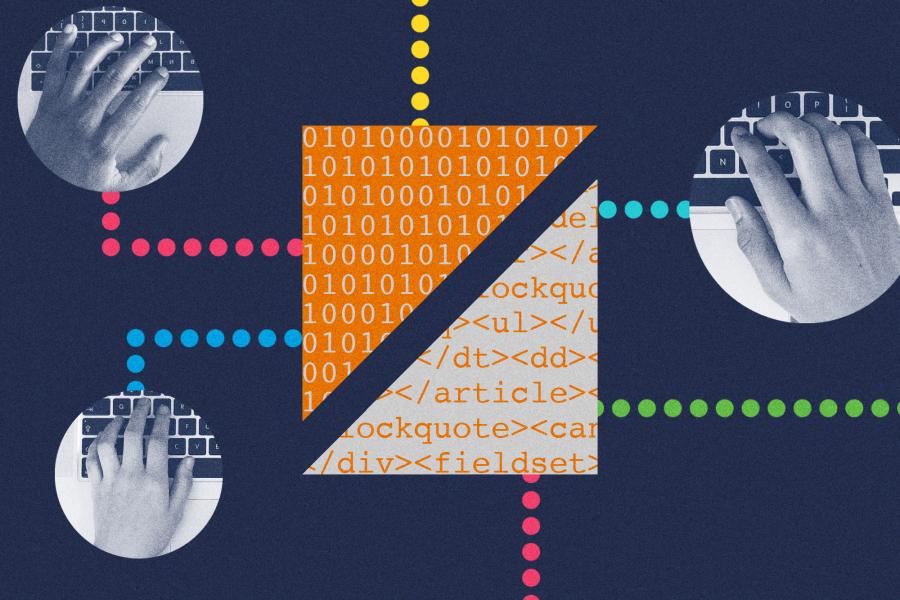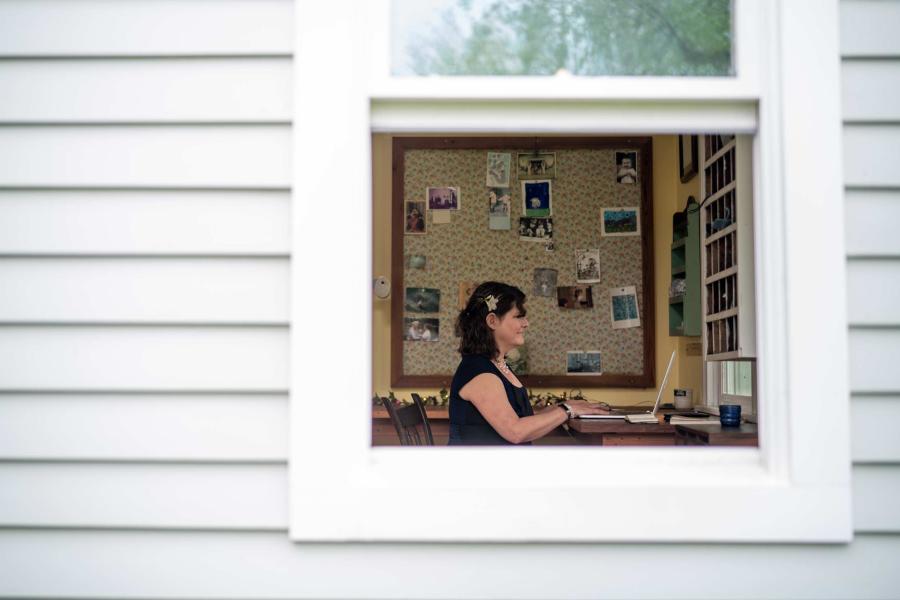Asking More of
Urban Planning
Because driverless cars are expected to be more accurate than human drivers, they could enable more highway capacity, narrower lanes and more space.
Plus, as UVA's Donna Chen explains, there would be less need for parking spaces since fleets of driverless cars would stay in continual use. Having fewer parking lots would allow more green space, making urban environments cleaner and more livable.
Urban-Oriented Future
Shared fleets of self-driving cars could shuttle people around cities and reduce the need for privately owned vehicles, thereby reducing vehicle emissions and freeing up green space.
Hyper-Sprawl Future
Self-driving cars could exacerbate suburban sprawl. Cars could function as extended living spaces, where people spend more and more of their time.
Asking More of
Transportation
A fleet of self-driving vehicles could be more cost-effective than individually owned, driver-operated vehicles, especially if ride-sharing were instituted. They could be especially beneficial for people who rely on public transportation…if services are kept affordable.
“Self-driving vehicles could be a perfect option for overcoming barriers currently limiting car-sharing and green vehicle adoption,” says Donna Chen.
First/Last Mile Connection
Modeling the operations of driverless cars is a key part of understanding their potential benefit to communities. This simulation shows a fleet of autonomous vehicles picking up passengers, dropping them off at a transit hub, and setting out to pick up additional riders. This system could dramatically reduce the need for parking while increasing access to public transportation.
Source: TD Chen and J. Farhan


